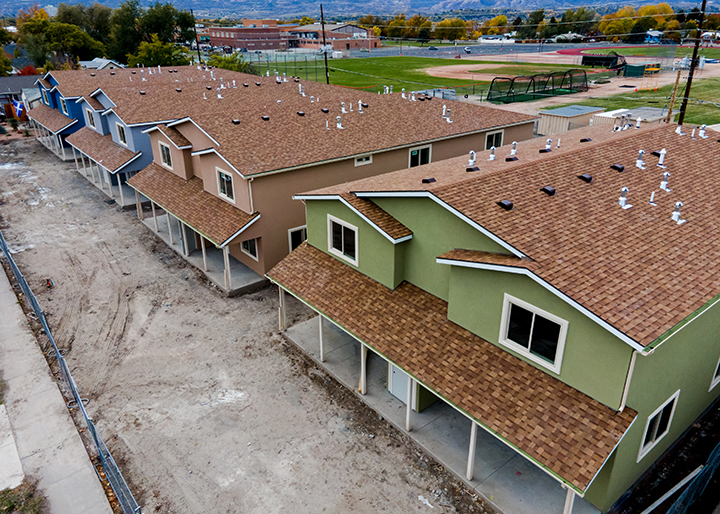Foreclosure Starts Decrease 4%
Completed Foreclosures Also Decrease 5% from Last Month By ATTOM Staff ATTOM, a leading curator of real estate data nationwide for land and property data, released its July 2022 U.S. Foreclosure Market Report, which shows there were a total of 30,358 U.S. properties with foreclosure filings — default notices, scheduled auctions or bank repossessions — down 4% from a month ago but up 143% from a year ago. “While it’s
Read More












